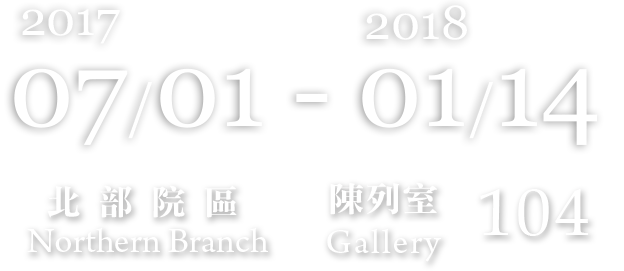Introduction
The National Palace Museum houses a collection of over 214,500 rare and antiquarian books, and its core is made up of print editions, volumes executed in movable type, imprints annotated by renowned scholars, old manuscripts, and delicately copied volumes, spanning the Song, Yuan, Ming, and Qing dynasties. There are also some imprints and manuscripts originating from historical Korea and Japan. While the collection may not be large in quantity, it is of quite impressive quality. Apart from giving an opportunity to better understand how academic studies and scholarship, as well as printing and binding, evolved in China over the centuries, it also serves as point of reference for authenticating later editions. The collection is therefore highly significant for the preservation of ancient literature and bibliographic research.
When the Manchus came to rule over China, the new dynasty also took over the entire court library left by the defeated Ming and expanded the collections. Compilations of imperial writings and various other works were commissioned by imperial order, and great effort was put into actively acquiring books, which were for the emperor's eyes only. Other sources in the National Palace Museum's rich collection of rare and antiquarian books include Ming imprints and maps taken over from the former National Library of Peiping and rare Chinese originals and Japanese imprints assembled in Japan by Yang Shoujing who served as an attaché to the envoys to Japan in the late Qing dynasty, as well as Song and Yuan editions, local gazetteers, and various Qing literary anthologies bequeathed by donors from all walks of life. Together, they constitute a valuable complement to the Museum's collection of imperial libraries, and those produced by private or commercial operations, in particular, are characterized by their ingenious variety and simple dignity.
The exhibition is divided into two sections, each containing several segments. The first, "The Qing Imperial Libraries," sheds light on their distribution in the Qing palace, the size of the collections, the types of books collected, and the exquisiteness of their binding and decoration. The second section, "The Continued Quest for Books Rare and Antiquarian," illustrates how the National Palace Museum has since its founding continued to broaden the scope of the collection by making acquisitions and receiving donations and bequeathals, many of which have high cultural and academic value and also complement the existing holdings. The works on view in this exhibition are some of the most precious gems in the collection. They offer the visitor a glimpse into the history and provenance of the rare and antiquarian titles, their cultural significance, and the characteristics and techniques of traditional Chinese printing and book binding.
